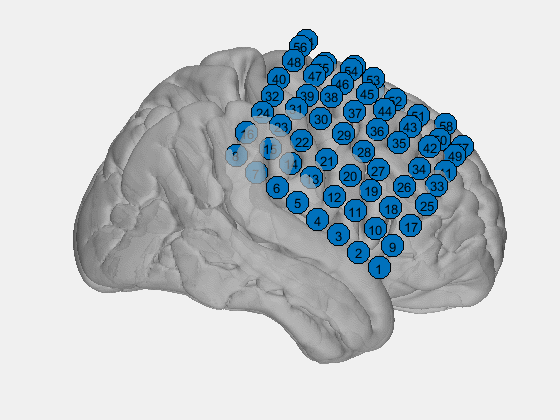Overview
Paralysis is one of the most debilitating effects of central nervous system injuries and disorders and with an estimated 5.6 million people with some degree of paralysis in the United States, the need for re-enablement grows. Almost 1.3 million have suffered a form of spinal cord injury, often producing complete loss of muscle control beneath the point of injury. Neuroprosthetics or brain-computer interfaces (BCIs) are devices that record neural activity from specific brain regions and allow for the spatial, and temporal analysis of neural signals. Bi-directional brain-computer interfaces both decode and encode neural signals, allowing for closed-loop systems with sensory feedback for prostheses, and neural activity-dependent stimulation for enhancement of synaptic plasticity.
Using the cutting-edge technology of Electrocorticography (ECoG), it is the mission of the Ojemann laboratory to characterize the underlying dynamics of neural behavior and movement preparation, to better understand direct electrical stimulation for implantable bi-directional brain-computer interfaces, to elucidate the connectivity changes in the brain due to motor learning, and to use of error signals to enhance BCI efficacy.
Research Methods

- Electrocorticography tests of muscle and movement differentiation, as well as imagery and thought-based, multimodal BCI training and learning curves
- Bi-directional brain-computer interfaces for enhancement of synaptic plasticity from neural activity timed stimulation and artificial sensory feedback
- Connectivity analyses (using Phase Amplitude Coupling, Phase Locking Value, and other metrics) during resting states
- Up to 128 channel electroencephalography recordings, with coupled clinical audio and video for machine learning clustering and classification
- Neurophysics circuit simulation of the neural cortex and electrode array placement and arrangement